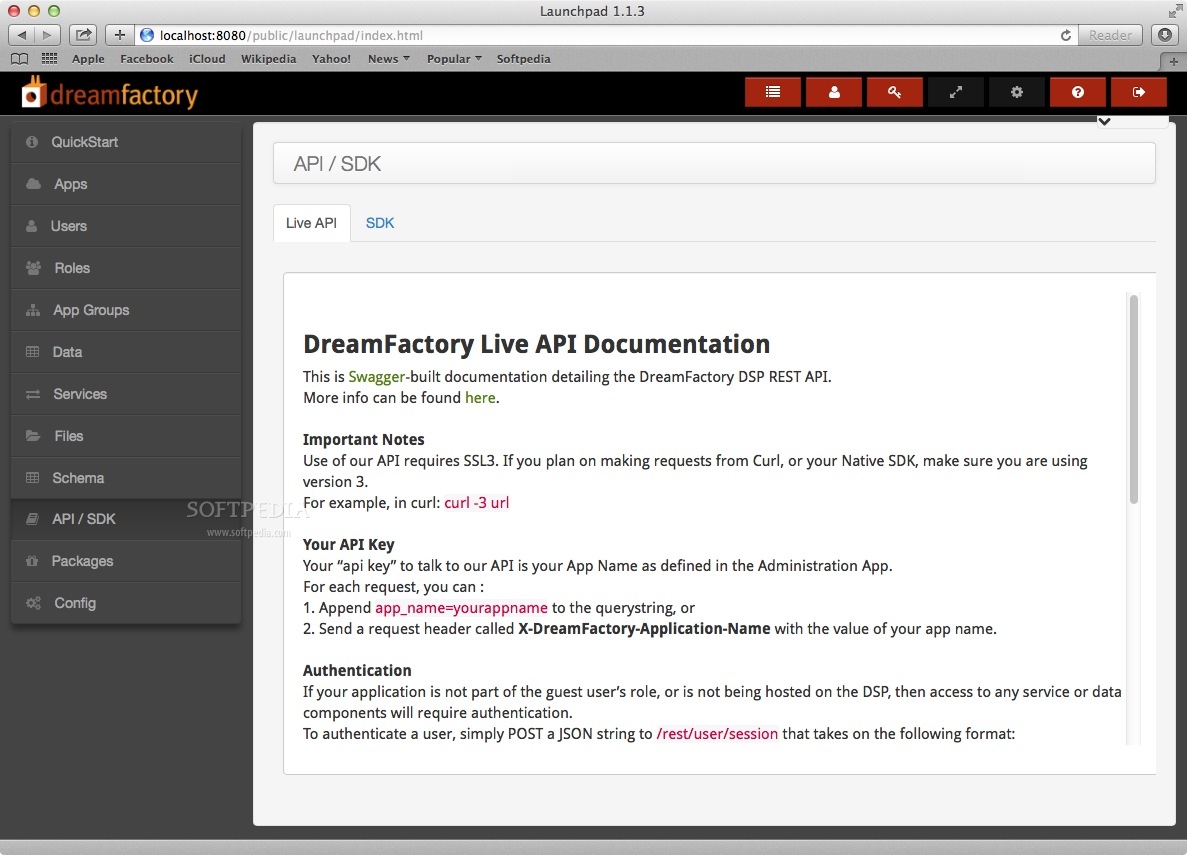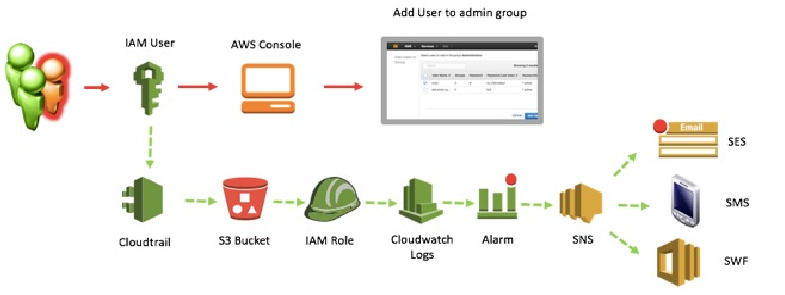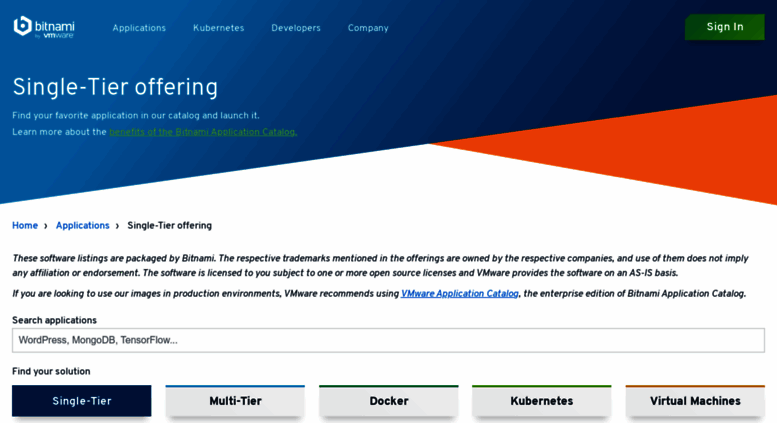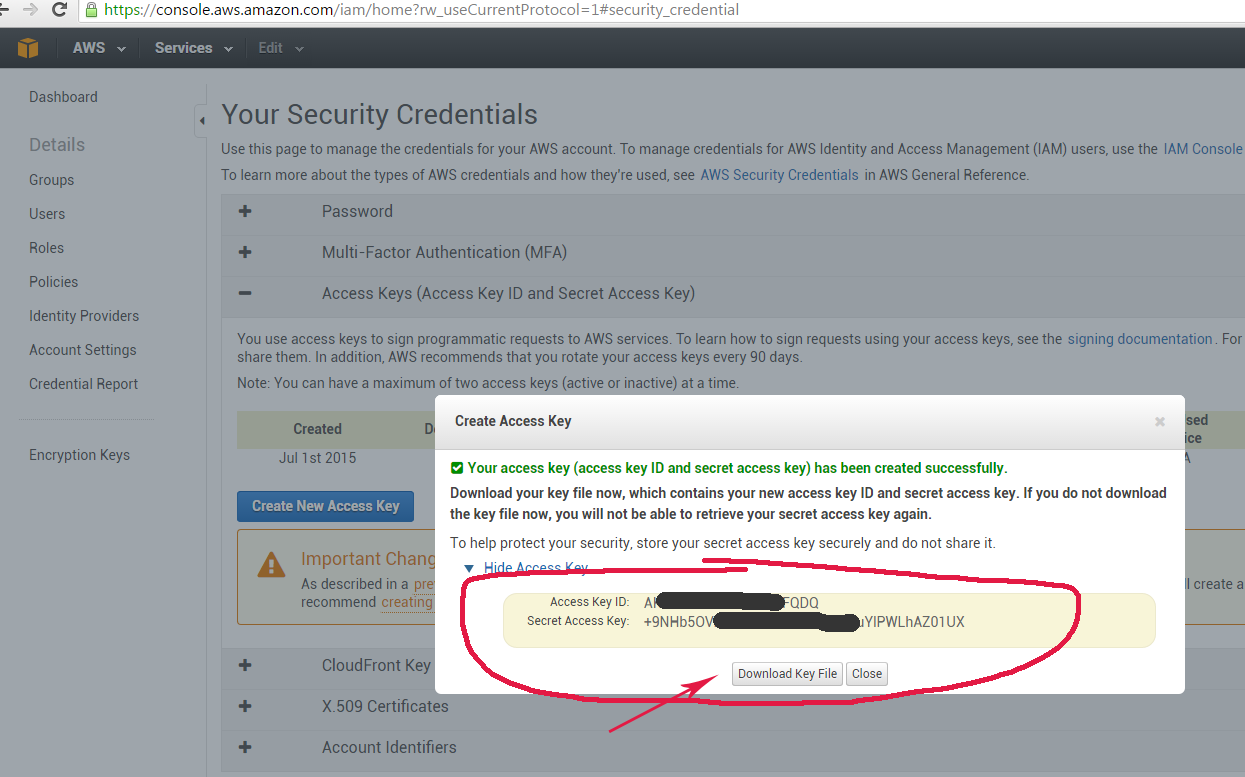
- Aws bitnami dreamfactory key install#
- Aws bitnami dreamfactory key update#
- Aws bitnami dreamfactory key free#
Run the following commands and remove any lines/commands related to certificate renewal: $ sudo crontab -e Remove the cron jobs in the root and bitnami user’s cron table. In case the certificate generation process fails and/or you wish to reset the certificates for any reson, follow the steps below:
Aws bitnami dreamfactory key install#
If you prefer to manually generate and install Let’s Encrypt certificates, follow this alternative approach. To view and modify the cron job, use the command sudo crontab -u bitnami -l. By default, if the bitnami user account exists on the system, the cron jobs will be added under that user account. NOTE: The Bitnami HTTPS Configuration Tool will automatically create a cron job to renew your certificate(s). Refer to our guide for more information on this, or if you can’t find the tool in your Bitnami stack. To launch the Bitnami HTTPS Configuration Tool, execute the following command and follow the prompts: $ sudo /opt/bitnami/bncert-tool
Aws bitnami dreamfactory key update#
You can update your domain’s DNS configuration through your DNS provider. NOTE: Before using the Bitnami HTTPS configuration tool, ensure that your domain’s DNS configuration correctly reflects the host’s IP address and that you are not using IPv6 addresses. This tool is located in the installation directory of the stack at /opt/bitnami. The Bitnami HTTPS Configuration Tool is a command line tool for configuring mainly HTTPS certificates on Bitnami stacks, but also common features such as automatic renewals, redirections (e.g. If you use a load balancer or CDN, please refer to the alternative approach section. If you use IPv6 addresses, please disable them before proceeding.

IMPORTANT: The Bitnami HTTPS Configuration Tool does not support IPv6 addresses or load balancers/CDNs yet.
Aws bitnami dreamfactory key free#
Let’s Encrypt is a free Certificate Authority (CA) that issues SSL certificates. Generate and Install a Let's Encrypt SSL Certificate for a Bitnami Application Migrate Your Application Database to Amazon RDS.Plan a Disaster Recovery (DR) using AWS regions.Migrate Data From One Joomla! Instance to Another.Get Started with Bitnami WordPress on AWS Marketplace (for Beginners).Migrate a Local PHP Application to the Cloud.Best Practices for Cloud Resource Management.Modify Elastic Block Storage (EBS) Volumes for Bitnami Applications on AWS.Add Elastic Block Storage (EBS) Volumes for Bitnami Applications on AWS.Configure Elastic Load Balancing with SSL and AWS Certificate Manager for Bitnami Applications on AWS.

Learn about the Bitnami Diagnostic Tool.Separate a Single WordPress Multisite Instance into Multiple Independent WordPress Websites/Blogs.




 0 kommentar(er)
0 kommentar(er)
